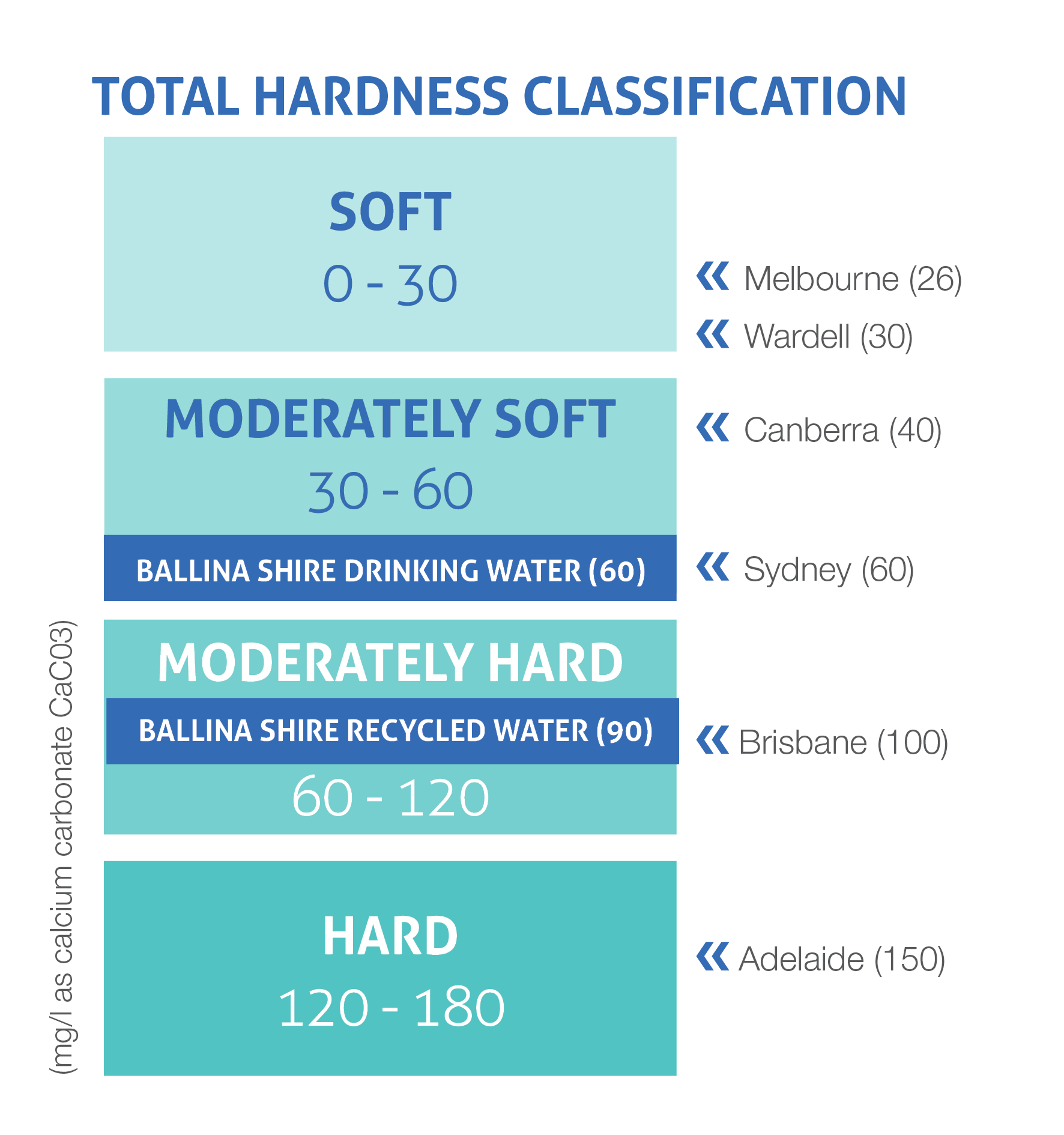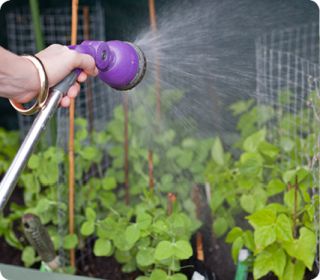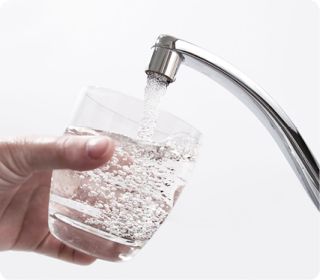What is water hardness?
Water hardness refers to the amount of calcium and magnesium salts dissolved in water. Hard water also reacts chemically with soap. Increased levels of calcium and magnesium in water make it ‘hard’ to get soap to lather.
What makes water ‘hard’?
Hard water is formed when water passes through or over limestone and chalk deposits prior to the treatment process. These minerals are naturally occurring in all water sources and are important for the development of bones or shells of aquatic organisms (calcium) and photosynthesis in plants (magnesium).
The hardness of water depends on the water’s original water source and is independent of the treatment process. This is why water hardness varies from region-to-region across Australia (see Figure 1).
Water hardness in the home
Hard water may leave white spots or flakes on drinking glasses, shower screens, car windows, kettles or hot water heaters. This is because the minerals remain after the water has evaporated. This can occur with both recycled water and drinking water.
To minimise these spots or streaks occurring avoid allowing water to pool or quickly evaporate and, for best results, always dry your car or glass with a microfiber towel or chamois.
Drinking water hardness in the Ballina Shire
The total hardness of the drinking water supplied in Alstonville, Ballina and Lennox Head is typically in the region of 60mg/l as CaCO3, 0.65 mmol/l or 3.7°d. Wardell, Meerschaum Vale and Cabbage Tree Island is typically in the range of 30mg/l as CaCO3. This water is classified on the border of moderately soft and moderately hard.
Is my recycled water ‘harder’ than drinking water?
Only slightly. The recycled water currently supplied out of the Lennox Head Treatment Plant has a water hardness of approximately 90mg/l as CaCO3. Although this is higher than drinking water, users are unlikely to notice a difference between the two water sources.
Figure 1.

Download the water hardness factsheet


